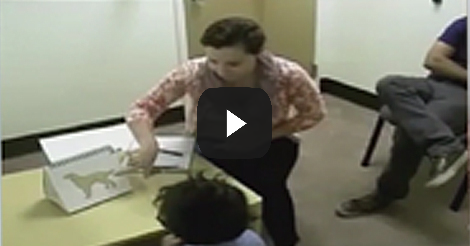It's been a short six months since the FDA granted Duke University Medical Center additional access in the treatment of brain injuries such as autism and cerebral palsy using stored cord blood, and since then, we have been inundated with requests from parents looking for more information on how to get their own son or daughter into the clinical trial. We've also heard stories of young parents traveling half way around the globe for their family's chance to take part in the treatment.
The studies using cord blood to treat brain injuries by Duke University began in 2014, and we have been watching them closely. The various phases of a clinical trial take years to complete, but exciting, promising news has become available from time to time. In early 2017, the results from a phase I clinical trial using cord blood to treat autism were officially released, and it made headlines, with CNN running a story of one little girl who took part in the study and was showing significant improvements in her autism.
 Click to read about and watch the videos of one young boy who showed remarkable improvements in his autism.
Click to read about and watch the videos of one young boy who showed remarkable improvements in his autism.Interest in the Study Skyrockets
It's around the time of the CNN story on autism that parents' interest in the trial first ramped up. In 2017, we saw a 330% increase in the number of transplantation requests from parents wishing to use their stored cord blood for the treatment of a brain injury compared with the year prior. In fact, the total number of brain-injury requests in 2017 was nearly double that of 2014 through 2016—combined!
Much of 2017's growth came late in the year after the announcement that the FDA was granting Duke additional access, and that high level of interest has continued into 2018. In these first 4 months of 2018, we've seen nearly a 500% increase in the number of requests for cord blood in the treatment of brain injuries compared to the same time period in 2017, and we will easily surpass all the requests we had for cord blood to treat brain injuries in 2017 during the first half of 2018.
In addition to the great growth in interest for the clinical trial that we've personally witnessed, we've heard of families from around the globe who have made the trek to Duke University just to take part in the study. A seven-year-old British boy flew to the United States from the United Kingdom to be infused with his brother's cord blood stem cells, making him the first British child to take part in the treatment. There's also the four-year-old boy with autism whose family flew from India to take part in the clinical trial. His father now says he have seen "great progress" in his son's developmental milestones.
Drivers of Interest
A reduction in the number and level of requirements to join the clinical trial has helped drive the growth we are seeing. The first phases were only open to children between the age of 2 and 7 with English-speaking parents and who met a number of other criteria. The new trial is open to anyone under 18 years and has far fewer guidelines that the family needs to meet. The major driving factor, however, is the results produced. They have provided hope for our ability to treat brain abnormalities and injuries that have remained untreatable by medical science up till this point.